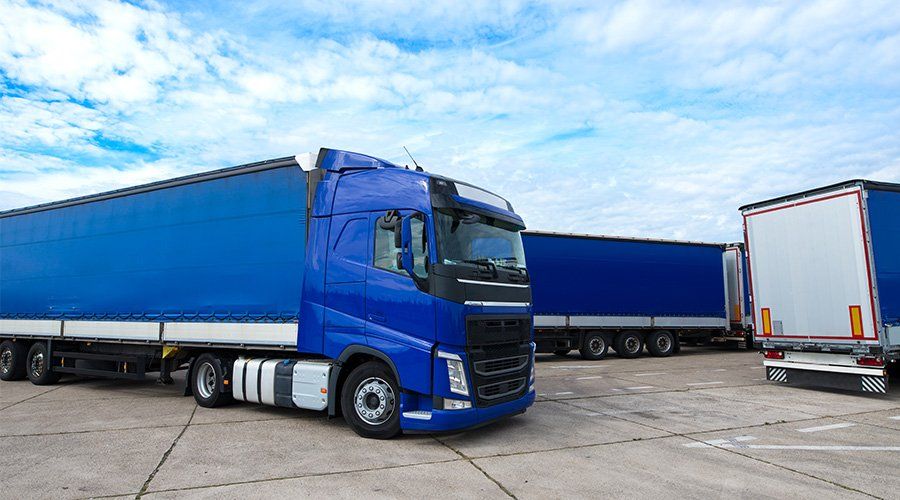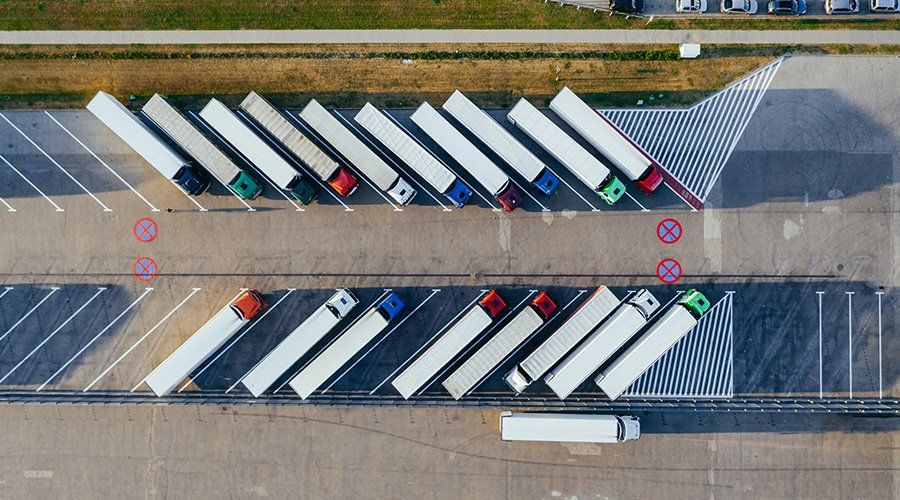
Roadside emergencies are an inevitable part of the trucking business. While we all want smooth riding for our drivers, the occasional malfunction might find them stranded on the side of the highway. When that happens, the best way you can provide support is by equipping them with a go-to plan. Preparation is key to protecting your people, your property, and your bottomline. That’s where a solid fleet safety program (link to Fleet Safety Program: 4 Important Things to Remember) template comes in.
Some roadside incidents just require a simple tuneup. In that case, your safe driving policy should tell drivers how to keep themselves safe while they service their rigs. But in the event that it’s a more extreme problem, there are a few steps owners can take to help drivers handle roadside emergencies. A fleet safety training program is part of it, but there are a couple of other things to consider.
1. Provide Them With a Toolkit
Many newer trucks come equipped with a complicated electrical system. While there are great benefits to these new trucks, it does make repairs more difficult. Still, drivers should have a toolkit in their trucks in case of a roadside emergency. These kits include safety items like flares and triangles, but they also include basic tools like a wrench set, screw drivers, and hose clamps. Sometimes, a roadside emergency just requires oil or coolant, so drivers should also safely carry extra containers of those important fluids. And finally, in the event they are stranded on the side of the road, a set of warm clothing, boots, gloves, and a heavy blanket is a helpful addition.
2. Clearly Outline Roadside Accident Procedures
One of the simplest, most effective ways of helping your drivers handle roadside emergencies is providing them with a clear understanding of the steps they should take should they experience trouble. Your fleet safety training program will cover these procedures in dept, but it’s also a good idea to document the steps in your safe driving policy. Here’s an idea of what you can tell them:
- Find a safe place to pull over. Safety is always the priority, so your drivers should find the widest place to pull off the road and turn on their flashers to alert other drivers to their position. These first steps should be well documented in your fleet safety program template.
- Next, drivers should carefully exit their cabs and set up flares or triangles behind their trucks.
- Much like a regular car, drivers can then open the hood to inform other drivers that the truck is immobile for the time being.
- Once those safety measures are in place, your driver can begin to determine the root cause of the problem. With most modern trucks, drivers won’t be able to do the repairs themselves. They will need roadside assistance for a service repair.
- Next, drivers should contact dispatch and allow the dispatcher to determine the best next steps. In most cases, dispatchers will deploy roadside assistance to the breakdown location.
- Continued communication is key, so instruct your drivers to keep dispatch informed once roadside assistance arrives.
3. Provide Them With Roadside Assistance
Of course, in order to call roadside assistance, drivers have to be enrolled in a roadside assistance program. From tire trouble to full engine failure, a roadside assistance program will equip your drivers with a lifeline for these frustrating situations. The faster your drivers can get back on the road, the more economical it is for you. A roadside assistance program offers mechanical services, towing services, fuel and fluid deliveries, and more.
4. Offer a Fleet Safety Training Program
Finally, the most effective way to keep your drivers safe is to make certain they are prepared. A fleet safety training program informs your employees of the policies and procedures your company has outlined. These training courses will help your drivers meet required government regulations and introduce important risk mitigation strategies like accident prevention, roadside emergency procedures, and more.
Ready to get started with a safe, profitable trucking business? Gold Star is here to help. From consulting services to business set up to dispatching solutions, we’re your right hand. Let’s discuss your needs today!








